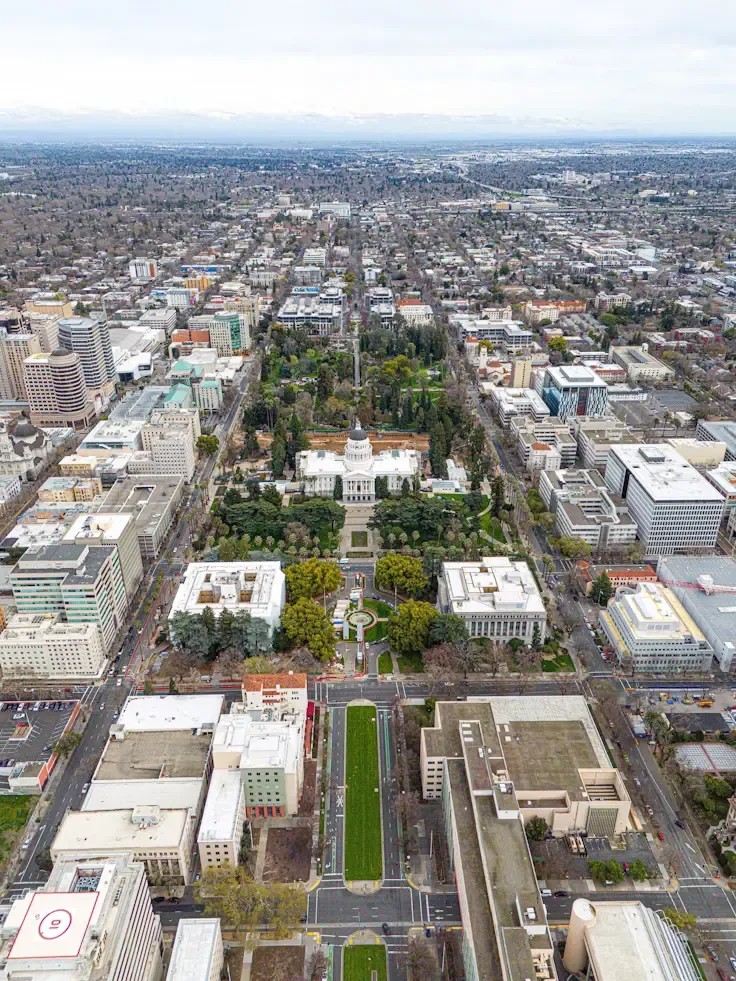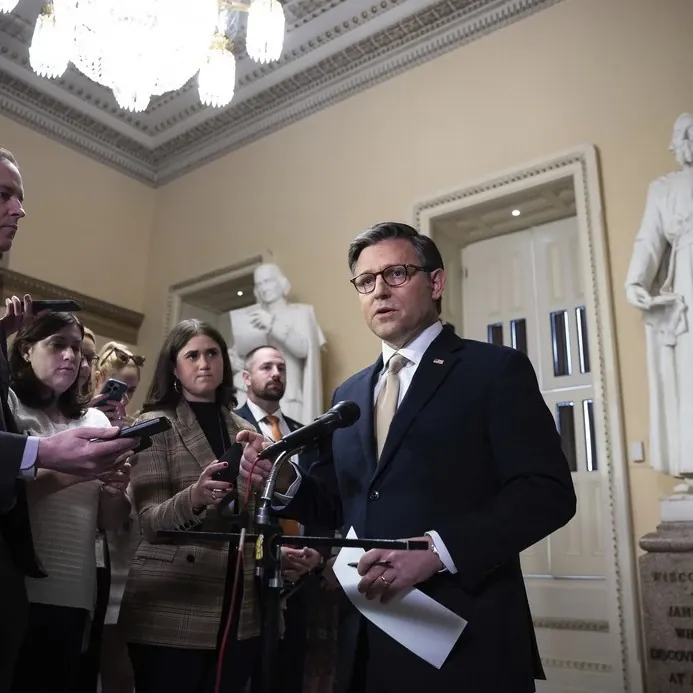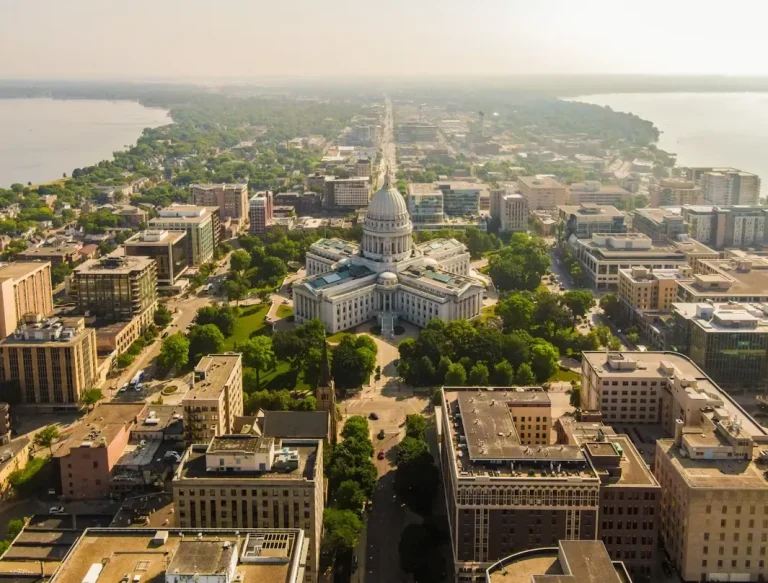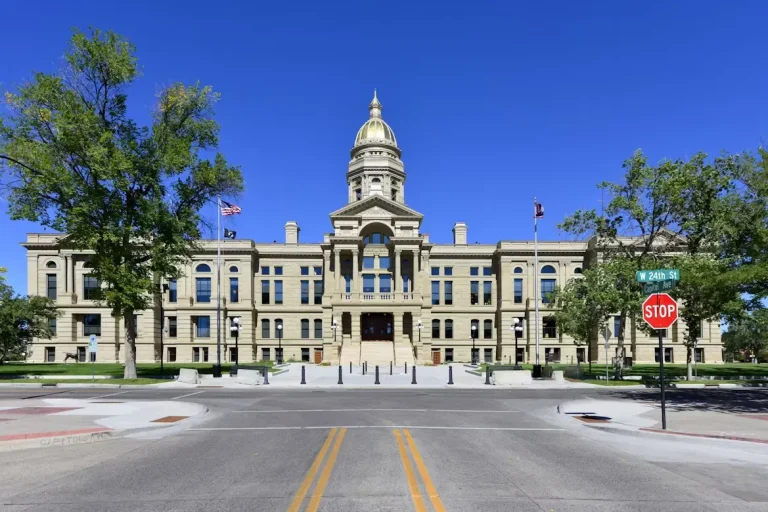U.S Capitol
The U.S Capitol stands as one of the most recognizable symbols of American democracy. Located on Capitol Hill in Washington, D.C., it is the seat of the United States Congress and has been the focal point of the legislative process since its completion in the early 19th century. This article explores the history, architecture, and significance of the U.S Capitol, as well as its role in civic engagement and governance.
Historical Background
The history of the U.S Capitol is deeply intertwined with the formation and evolution of the United States. The Capitol was initially constructed in the late 1700s, following the establishment of the federal government. Its first building was completed in 1800, and it has undergone numerous expansions and renovations since then.
- 1800: The Capitol was completed and served as the meeting place for Congress.
- 1814: The building was burned during the War of 1812 but was rebuilt and expanded in the following years.
- 1863: The iconic dome was completed, becoming a symbol of unity and strength.
- 1901: The Capitol was further expanded to accommodate the growing needs of Congress.
Architectural Significance
The architectural design of the U.S Capitol reflects both neoclassical and modern influences, making it a prominent feature of the Washington, D.C. skyline. The Capitol’s design was primarily conceived by architect William Thornton, with later contributions from notable architects such as Benjamin Henry Latrobe and Thomas U. Walter.
Key Architectural Features
- The Dome: The Capitol’s dome is a hallmark of its design, rising 288 feet above the ground and adorned with the Statue of Freedom.
- The Rotunda: The central space of the Capitol, featuring exquisite artwork and sculptures that represent significant moments in American history.
- The Senate and House Chambers: Where legislative debates and decisions take place, each chamber is uniquely designed to accommodate its respective functions.
- The Capitol Grounds: The landscaping surrounding the Capitol includes gardens, statues, and monuments that contribute to the site’s overall beauty and significance.
The Role of the U.S Capitol in Governance
As the home of the legislative branch of the U.S government, the Capitol plays a critical role in the democratic process. It is here that elected representatives convene to discuss, debate, and enact laws that shape the nation. The Capitol serves various functions, including:
- Legislation: The Capitol is the site where bills are introduced, debated, and voted on by members of Congress.
- Representation: It provides a space for representatives to voice the concerns and interests of their constituents.
- Oversight: Congress conducts oversight of the executive branch, ensuring accountability and transparency in government operations.
- Civic Engagement: The Capitol hosts events, hearings, and tours that promote civic education and engagement among the public.
Civic Engagement and Public Access
The U.S Capitol is not only a place for lawmakers; it also serves as a venue for public engagement. Citizens can participate in the democratic process by visiting the Capitol, attending hearings, and reaching out to their elected officials. Public tours of the Capitol are available, allowing visitors to learn about its history and the legislative process.
In addition, the Capitol’s architecture and public art serve as a reflection of American values and history, making it a significant landmark for both residents and visitors alike. Engaging with the Capitol fosters a deeper understanding of governance and encourages active participation in democracy.
Conclusion
The U.S Capitol is more than just a building; it is a symbol of democracy, governance, and civic engagement. Its rich history, stunning architecture, and vital role in the legislative process make it a cornerstone of American identity. Understanding the significance of the Capitol is essential for fostering a well-informed citizenry and encouraging active participation in the democratic process.






